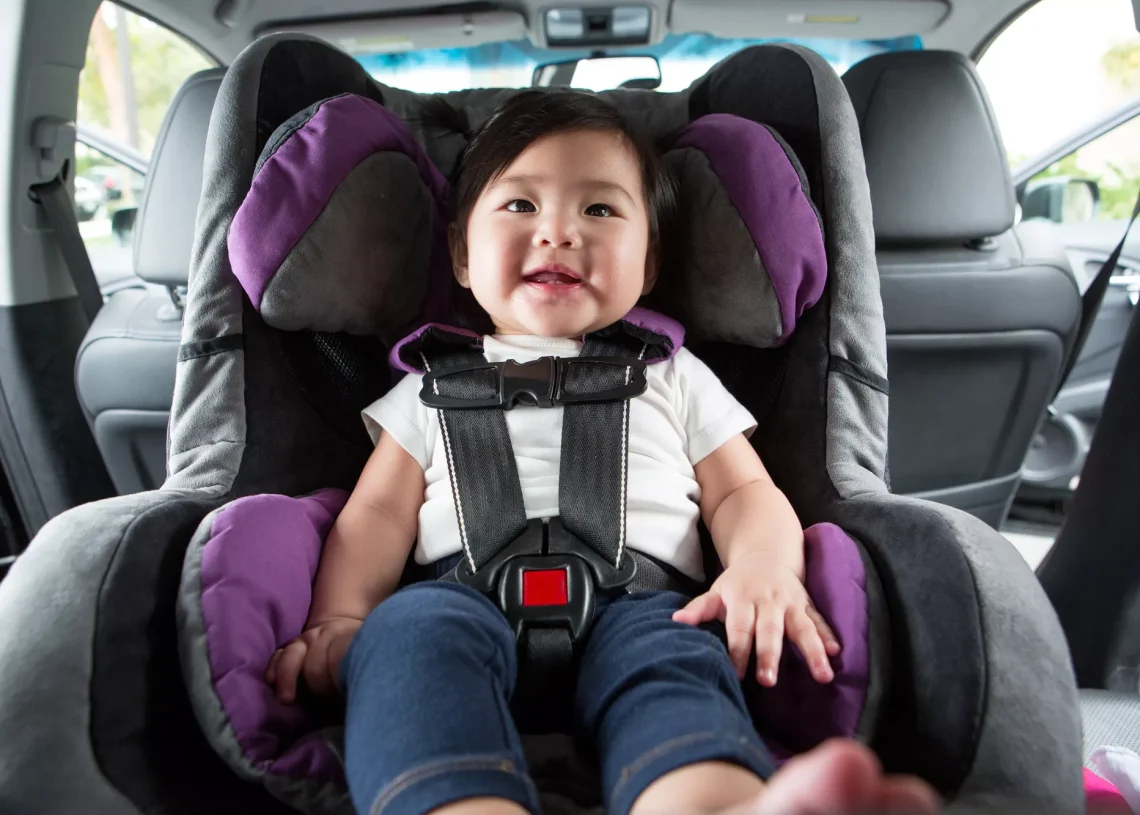Ensuring your baby’s safety while traveling is a top priority for any parent. Infant car seats are designed to provide the best protection for newborns and small babies, but they do have weight and height limits.
Knowing when to transition your child to a larger car seat is crucial for their safety and comfort.
In this article, we will explore the key indicators that your baby has outgrown their infant car seat and what options are available for the next stage.
Understanding Infant Car Seat Limits
Infant car seats are specifically designed for newborns and small infants. These rear-facing seats offer maximum protection in the event of a collision.
However, they come with weight and height restrictions set by manufacturers. Most infant car seats have the following general limits:
Weight Limit: Typically between 22 to 35 pounds (10 to 16 kg), depending on the model.
Height Limit: Usually around 26 to 32 inches (66 to 81 cm).
It’s important to refer to the specific guidelines provided by your car seat manufacturer to ensure compliance.
Signs That Your Baby Has Outgrown the Infant Car Seat
1. Exceeding the Weight Limit
If your baby’s weight surpasses the maximum limit stated in the car seat’s manual, it is no longer safe to use.
Weigh your baby regularly to track their growth and anticipate when they might reach the limit.
2. Reaching the Height Limit
If your baby’s head is less than an inch from the top of the car seat’s shell, it’s time to upgrade.
Some children may reach the height limit before the weight limit, necessitating an earlier transition.
3. Straps No Longer Fit Properly
The harness should fit snugly and securely over the baby’s shoulders.
If the straps are too tight even at the highest setting, the seat is no longer appropriate.
4. Baby’s Legs Are Cramped
While legroom is not a primary safety concern, if your baby’s legs are extremely bent or pressed against the seat back, they may be uncomfortable.
However, rear-facing seats remain safer even when a child’s legs touch the seat.
Transitioning to a Convertible Car Seat
Once your baby outgrows their infant car seat, the next step is moving to a convertible or all-in-one car seat.
These seats accommodate larger babies and can be adjusted as they grow. Key considerations include:
Rear-Facing Position: It’s recommended to keep children in a rear-facing car seat for as long as possible—ideally until at least age 2 or when they reach the seat’s limits.
Convertible Seat Benefits: These seats can transition from rear-facing to forward-facing as your child grows, providing long-term value.
Higher Weight and Height Limits: Convertible seats typically support up to 40-50 pounds (18-23 kg) in the rear-facing position.
Safety Tips for a Smooth Transition
To ensure your child remains safe when switching to a larger car seat, keep these tips in mind:
Check Your Car Seat Manual: Always refer to the manufacturer’s guidelines before making the switch.
Keep Rear-Facing as Long as Possible: Rear-facing positions offer the best protection in crashes.
Ensure Proper Installation: Follow installation instructions carefully or seek help from a certified car seat technician.
Perform Regular Fit Checks: Make sure the harness fits snugly and the seat is secure.
Frequently Asked Questions
Can I Use an Infant Car Seat After My Baby Exceeds the Weight or Height Limit?
No, once your baby surpasses the manufacturer’s recommended limits, it is unsafe to continue using the infant car seat.
What If My Baby’s Legs Are Bent in a Rear-Facing Car Seat?
Leg position is not a safety issue. The primary concern is head and torso protection, which is best provided by a rear-facing seat.
How Can I Tell If a Convertible Car Seat Is Installed Correctly?
You should not be able to move the seat more than an inch in any direction at the base. If in doubt, seek assistance from a certified car seat technician.
Conclusion
Recognizing when your baby has outgrown their infant car seat is essential for their safety.
By monitoring weight and height limits and ensuring a proper fit, you can make the transition to a convertible seat at the right time.
Always prioritize rear-facing seating for as long as possible and follow the manufacturer’s instructions for installation and use.
Taking these steps will ensure your little one remains safe and secure on the road.
Photo source: https://health.clevelandclinic.org/car-seat-safety




























